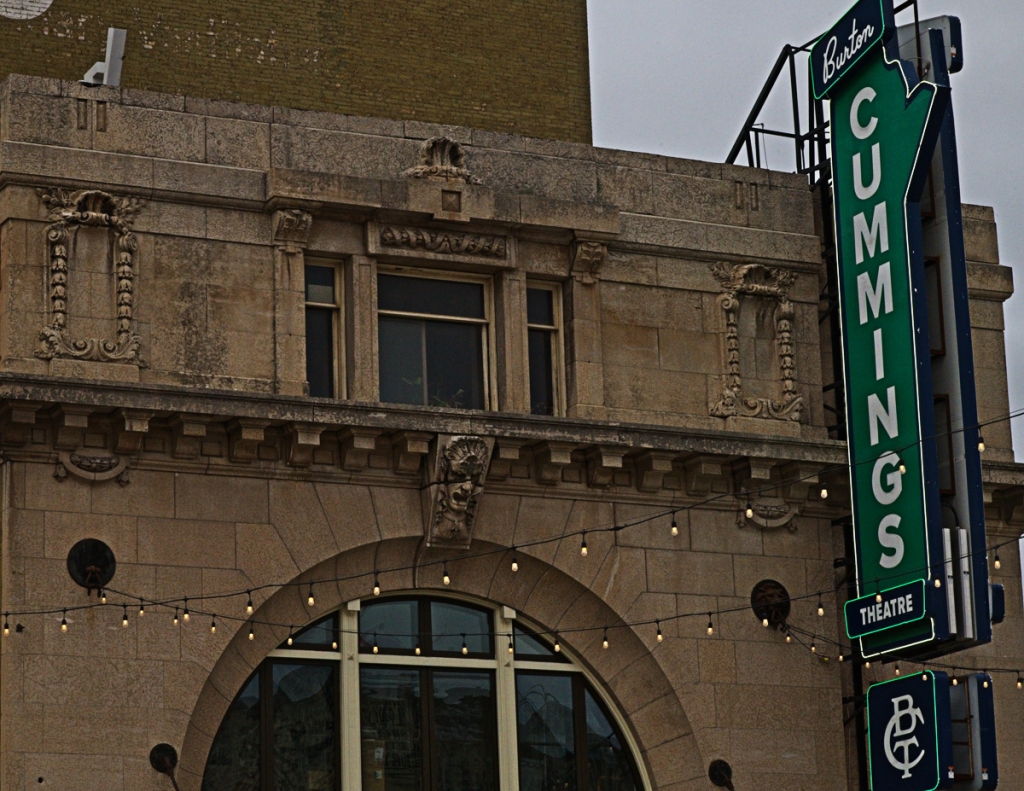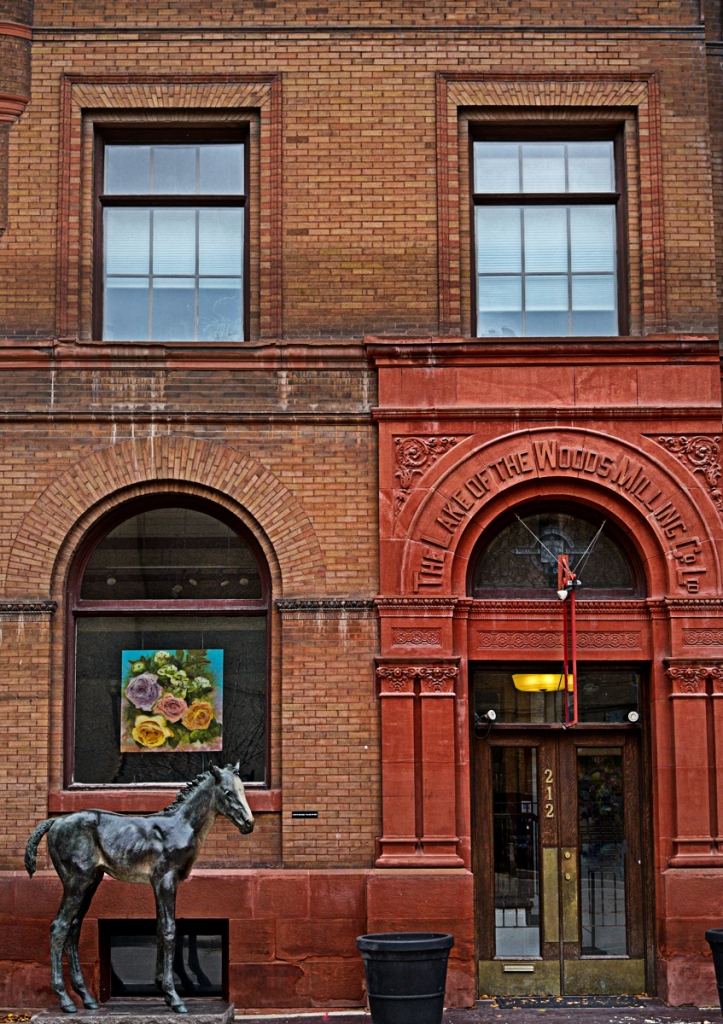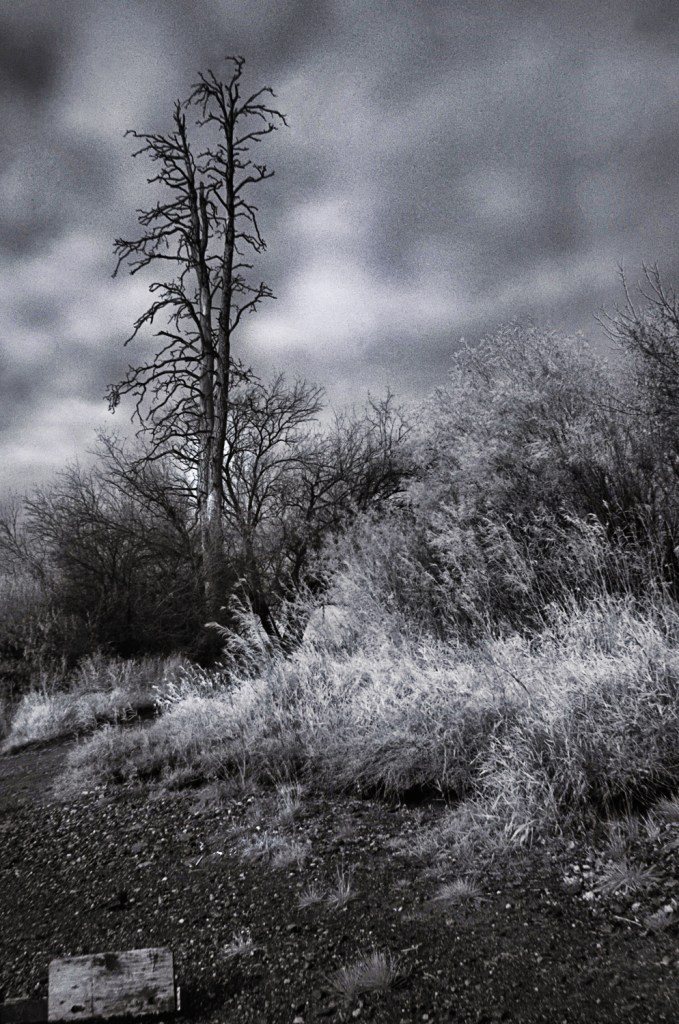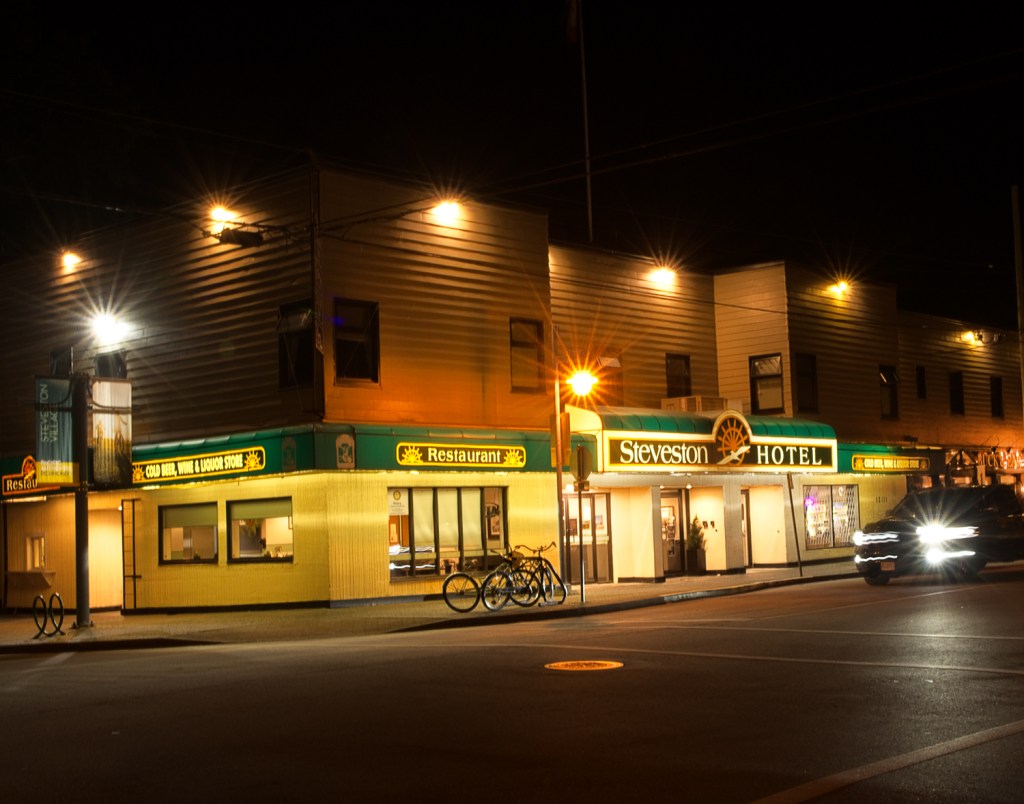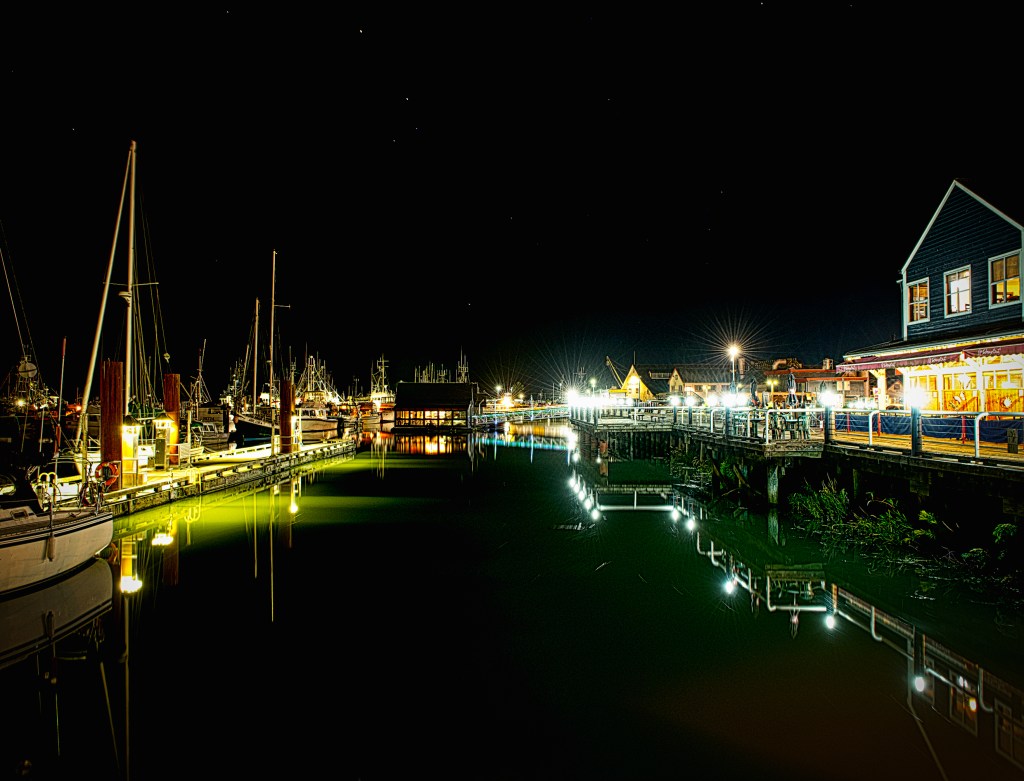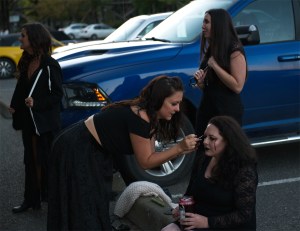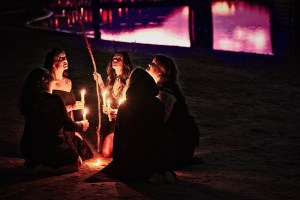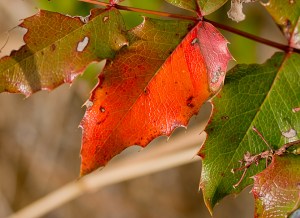Several people warned me that Winnipeg could be a dangerous place to wander with a camera.
My thought was that if it was like Vancouver it would mostly be near the street camps and I would need to have my car parked close by for an easy retreat.
I enjoy photographing street art and the architecture of older cities. Vancouver I know and I have never had a problem. Even the inhabitants in the ramshackle villages that grow, disappear only to grow again behind my shop in Kamloops never bother me personally when I arrive and park my car in the morning.
My ever ready for a photo adventure partner Jo McAvany had suggested we spend a couple days in Winnipeg. She had visited her long time friend Ashley earlier this year and although they didn’t go for any photo-walks the drive to her friend’s home had inspired her.
I found a hotel right in the old part of downtown and rented a jaunty red KIA to travel around in. The KIA was small, easy to park and the bright red colour is easy to spot.
Winnipeg was incorporated as a city in 1873 and is known for its well-preserved, early 20th-century architecture. And it was that aging turn of the century architecture that I wanted to point my camera at.
Because we wanted to pack light both Jo and I only brought one lens each.
Jo chose her 28-300 mm and I had my 24-120mm. Its always a toss up whether to use my
24-120 or 24-70mm. The 24-70mm is the better lens and one of Nikon’s sharpest, which is why I always select it when I want to get the best out of long exposure night time images. But the 24-120mm focal length is so versatile and I can always tweak the sharpening in post anyway.
On our first morning there we drove to find a shooting location. It’s interesting how Winnipeg’s downtown building’s change from Brick and Stone then to a combination Steel and Concrete finally to polished Black Glass and Metal. `
The temperature was between a cold 1 and 2 Celsius. One would think that would put a hamper on our photography, but we were dressed for the cold and the cold weather was keeping the streets empty of people.
We wandered those empty streets and alleys, it was a Sunday and businesses were closed and there were very few parked cars. There was so much to photograph. We were going back and forth from colourfully painted murals that I am not sure were there as part of the business within or done by some random artist. The combination a brick, plaster and paint made the narrow streets visually exciting and there were tunnels with hanging lights that made it easy go between blocks. The alleys like the streets were very narrow and I imagined what it must have been like in the early 1900s. I read that it was not until 1910 that motorcars became a serious threat to the horse drawn cab.
At the end of the day we joined Jo’s friends Ashley and Adam Carpenter for dinner. During our visit I mentioned to Adam that there seemed to be lots of renovations on the old buildings. Adam said yes and that he is one of the few that is doing the reconstruction and told me about hanging in the air on scaffoldings several stories up remoulding some of those old turn of the century (Gothic?) features. He didn’t call himself and artist, but I think he must be. Gosh, I could write a whole article on the work that is being done in what I’ll call old Winnipeg. I wonder is another trip might be in the making.
We had such a great time photographing the buildings in the city, along the Red River and even stopped in an old stone graveyard with many headstones from the 1870s.
Jo and I had another grand photographic adventure. I don’t know what Winnipeg is like in the summer, but for me, this October trip was the best time.
